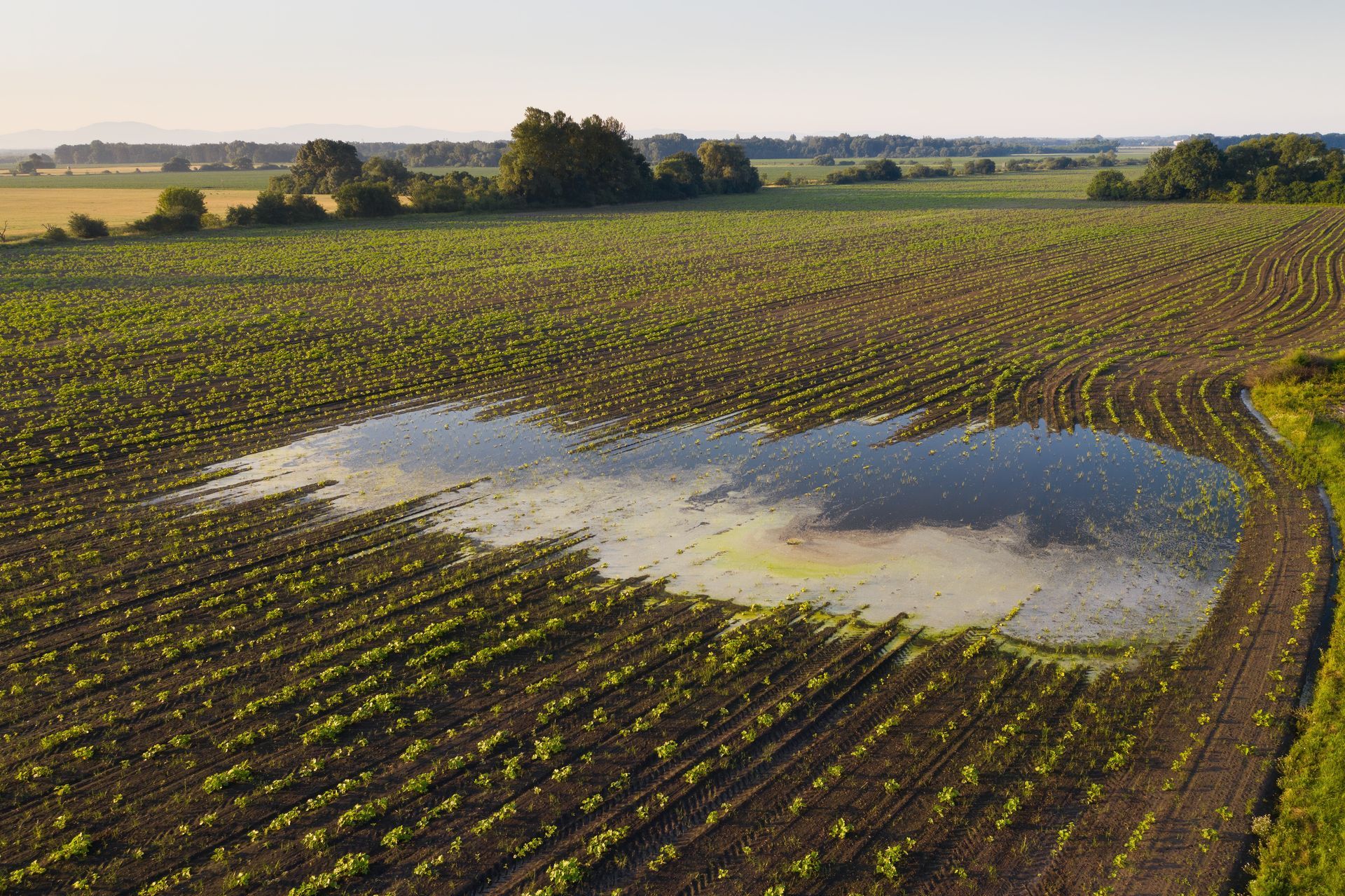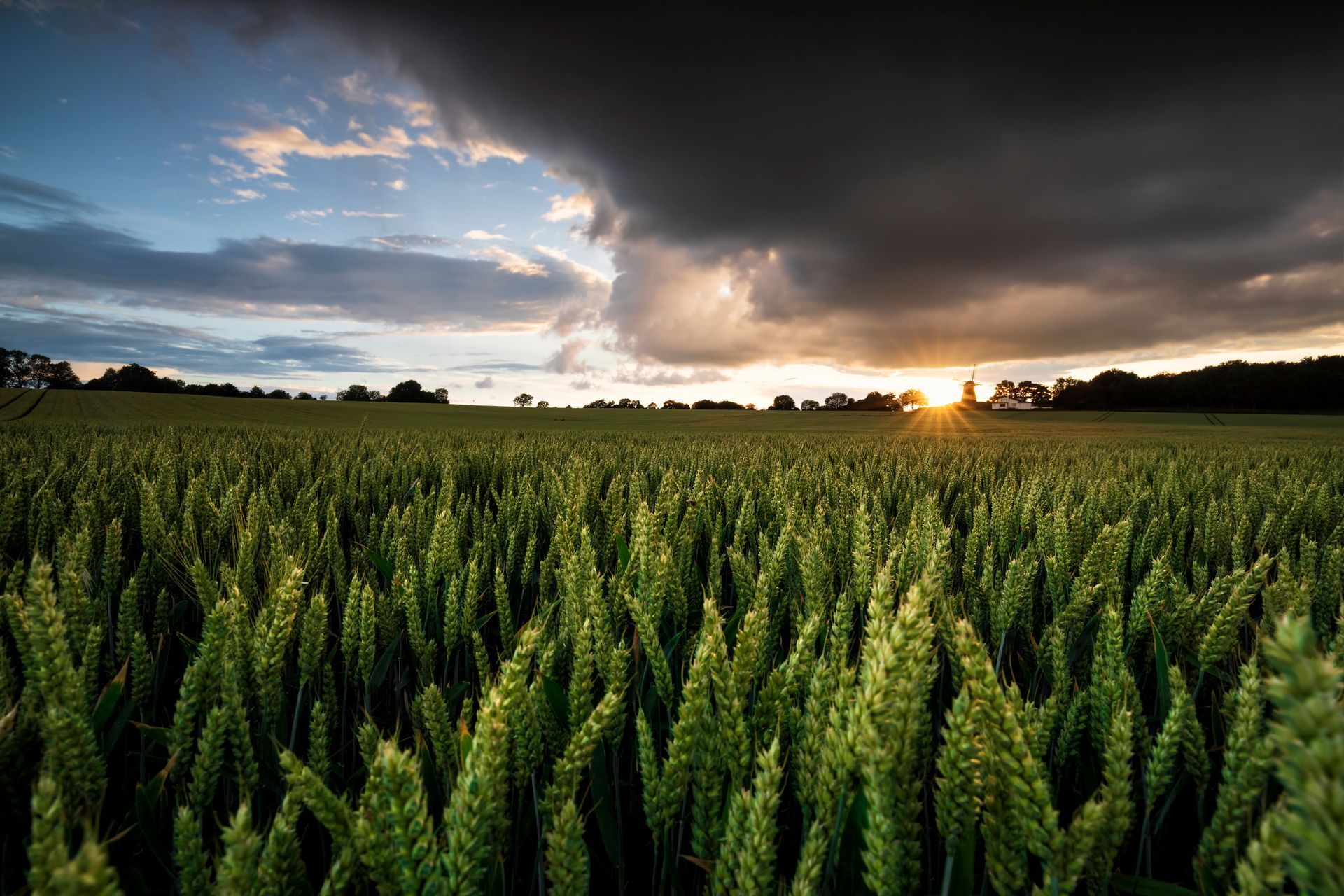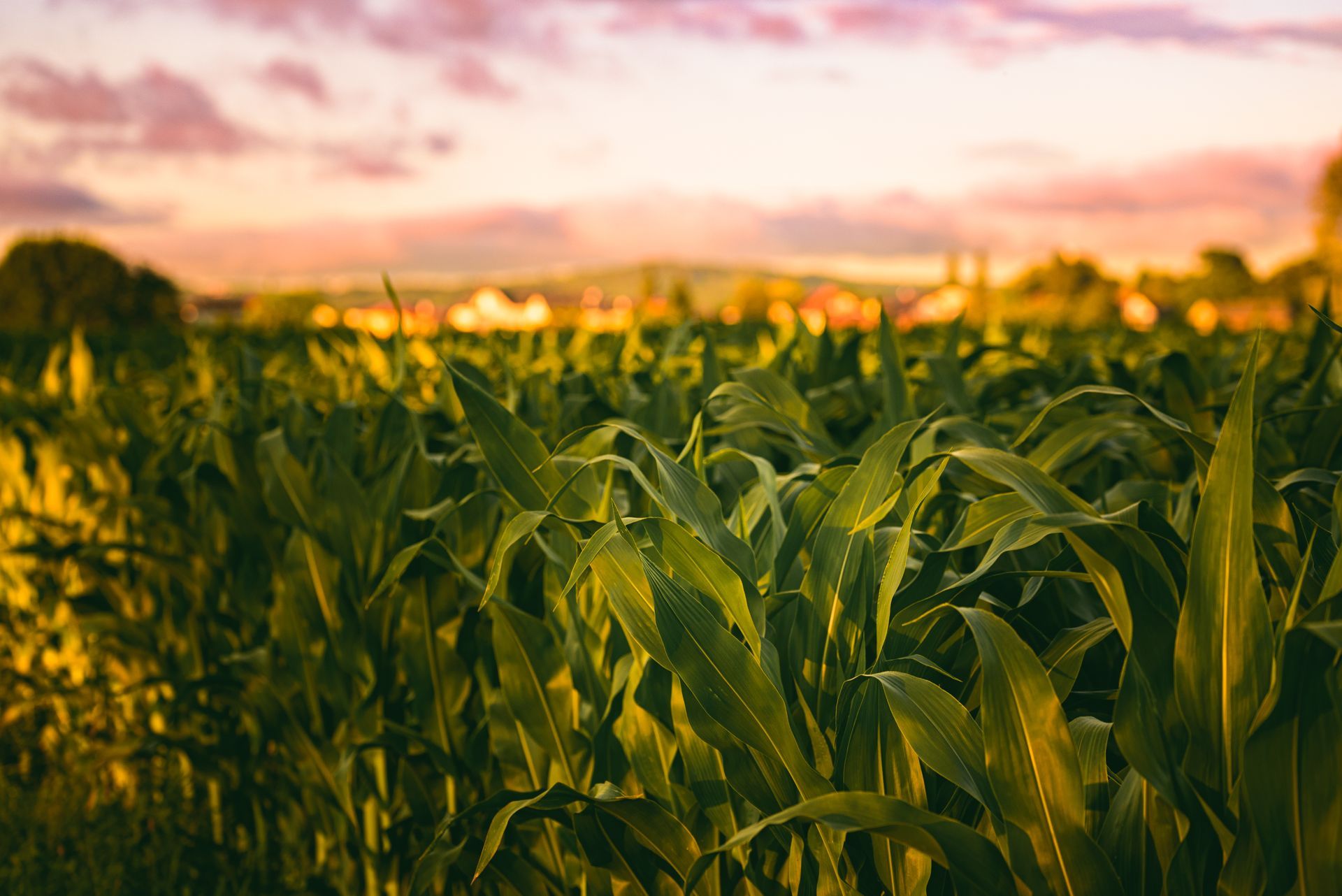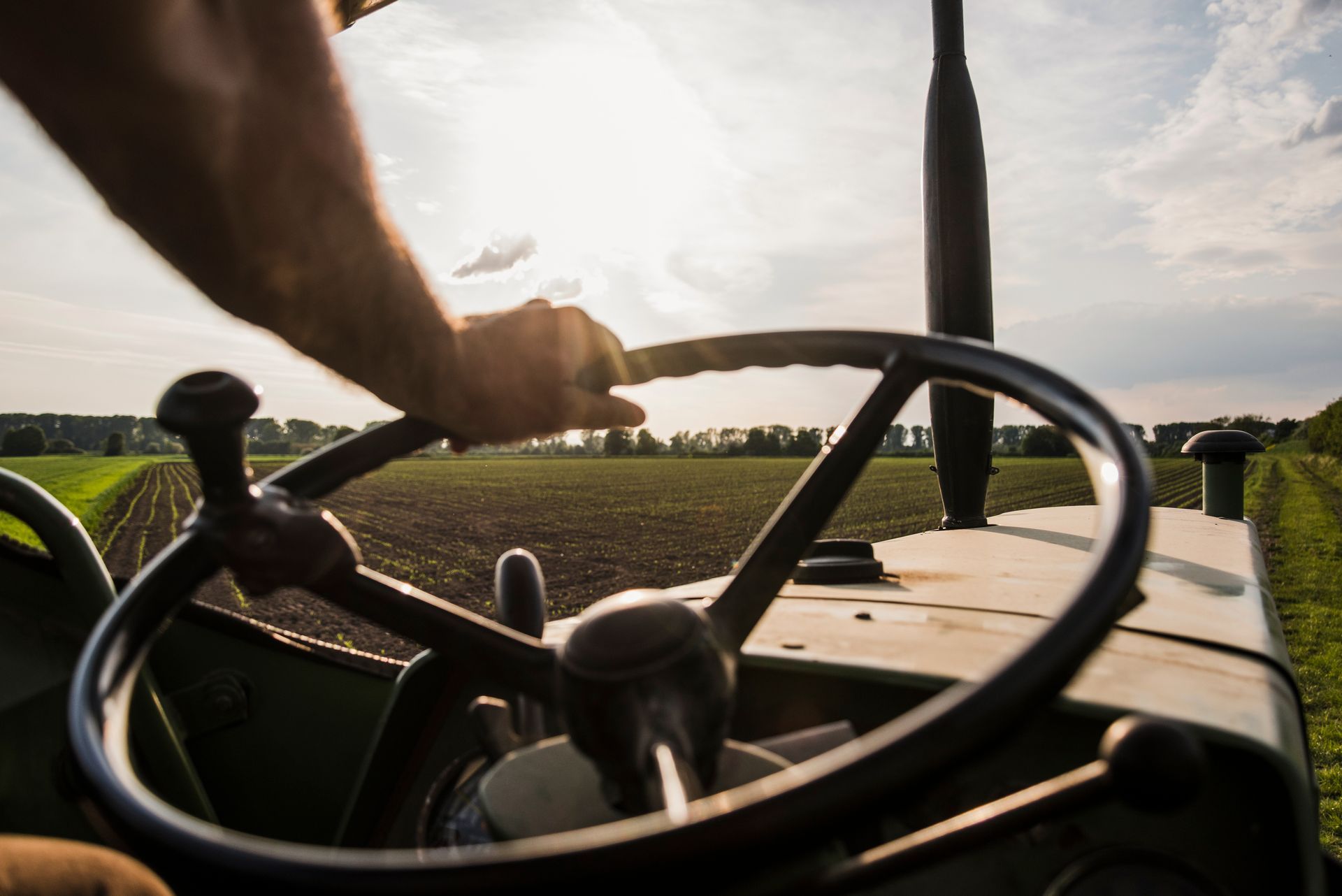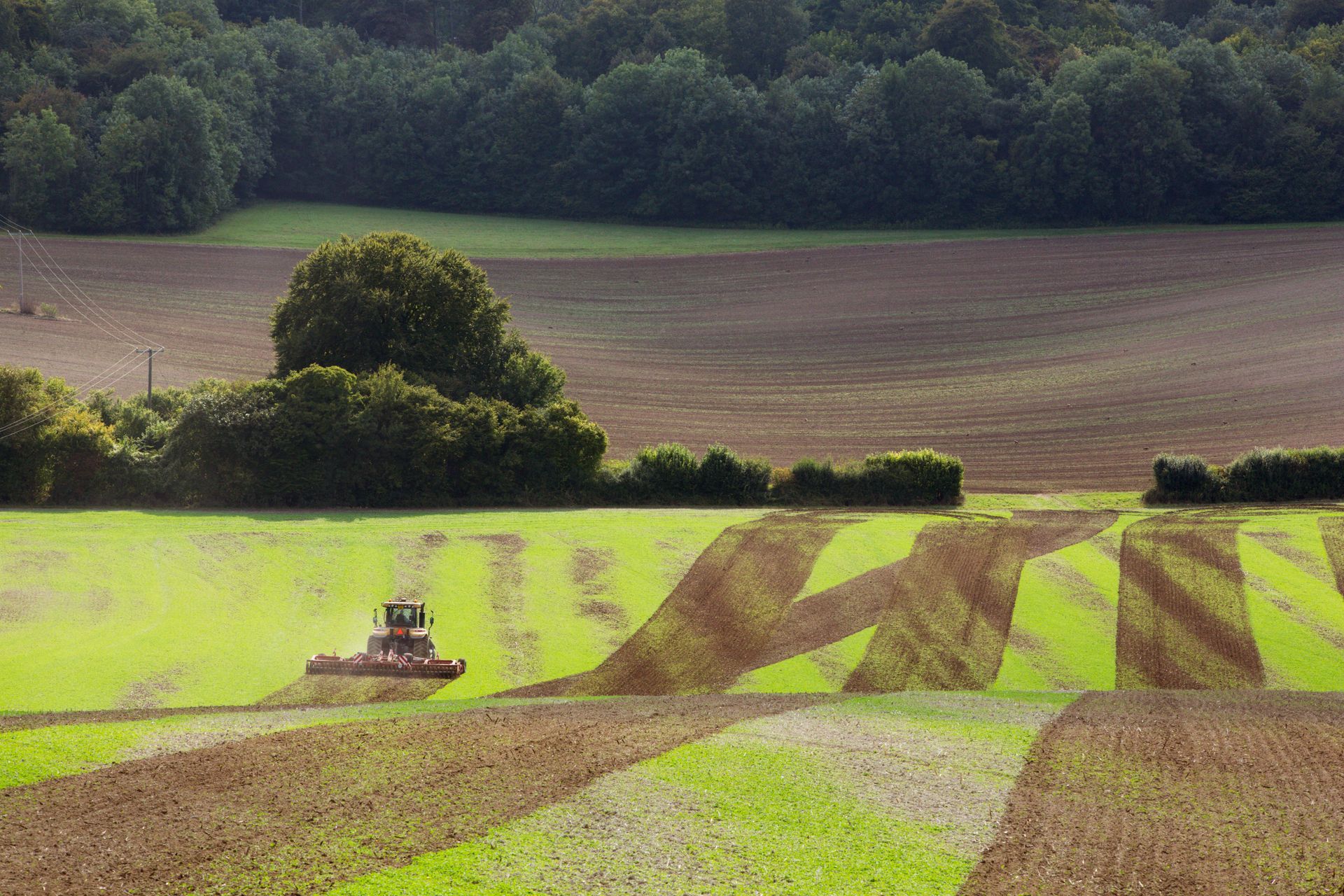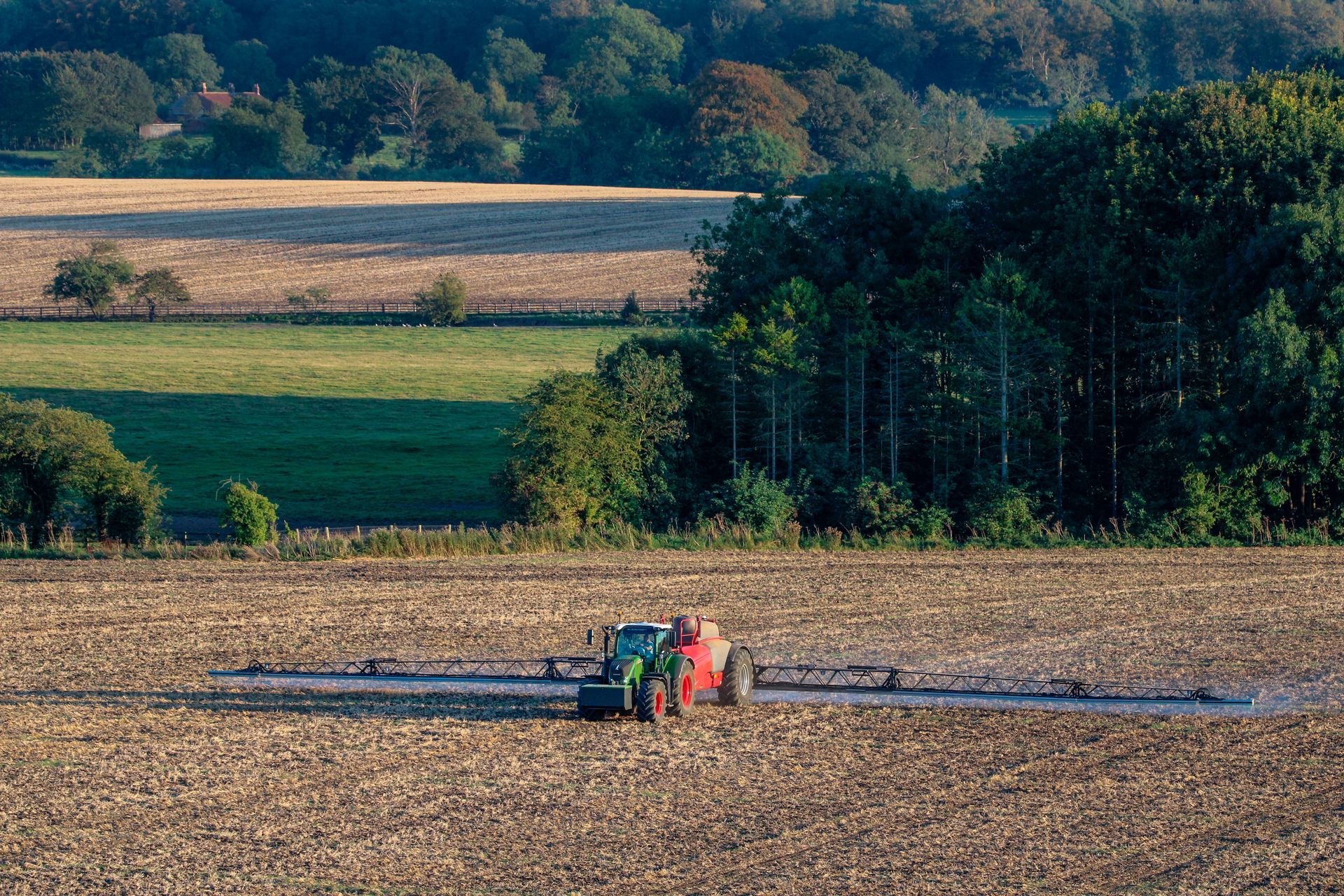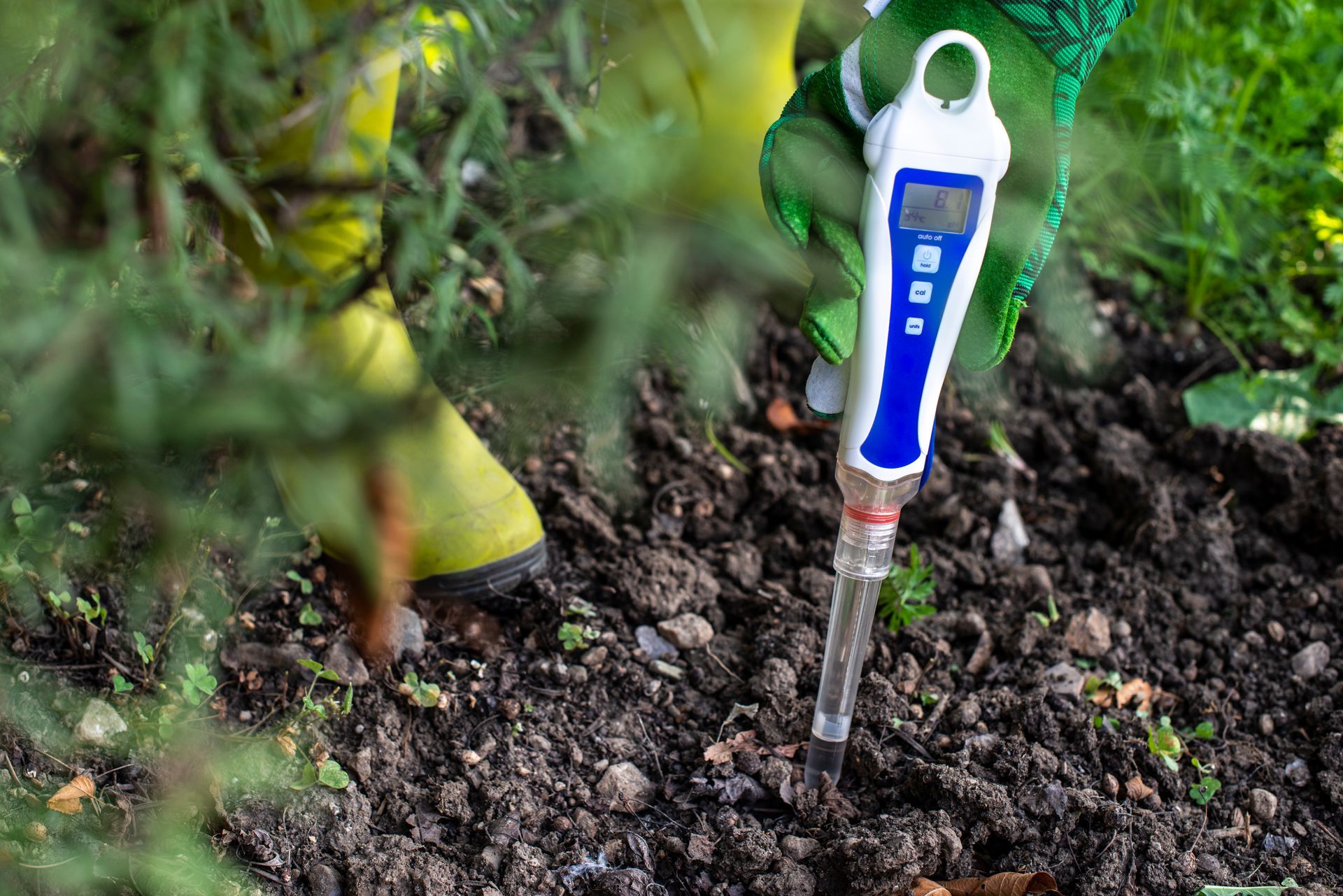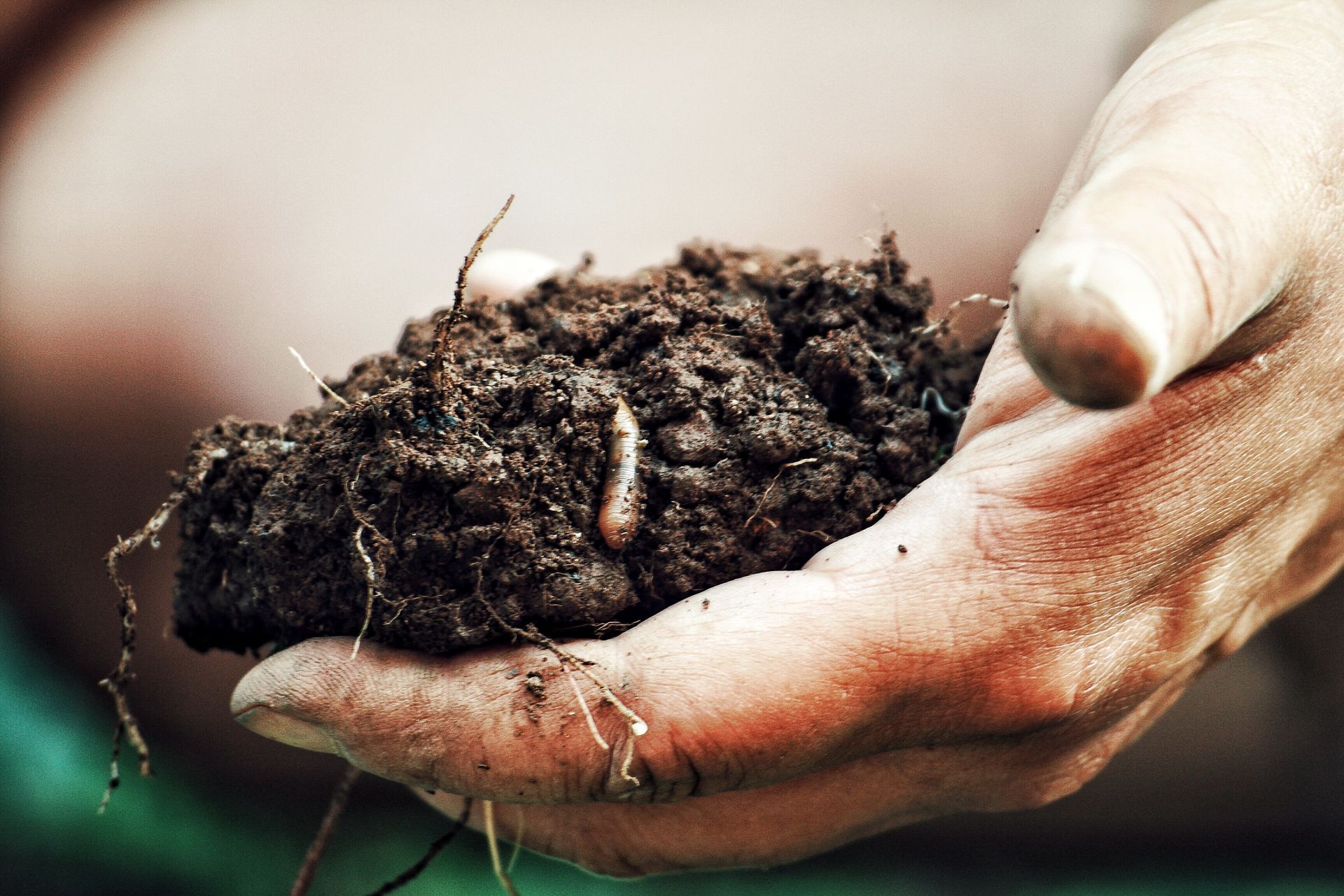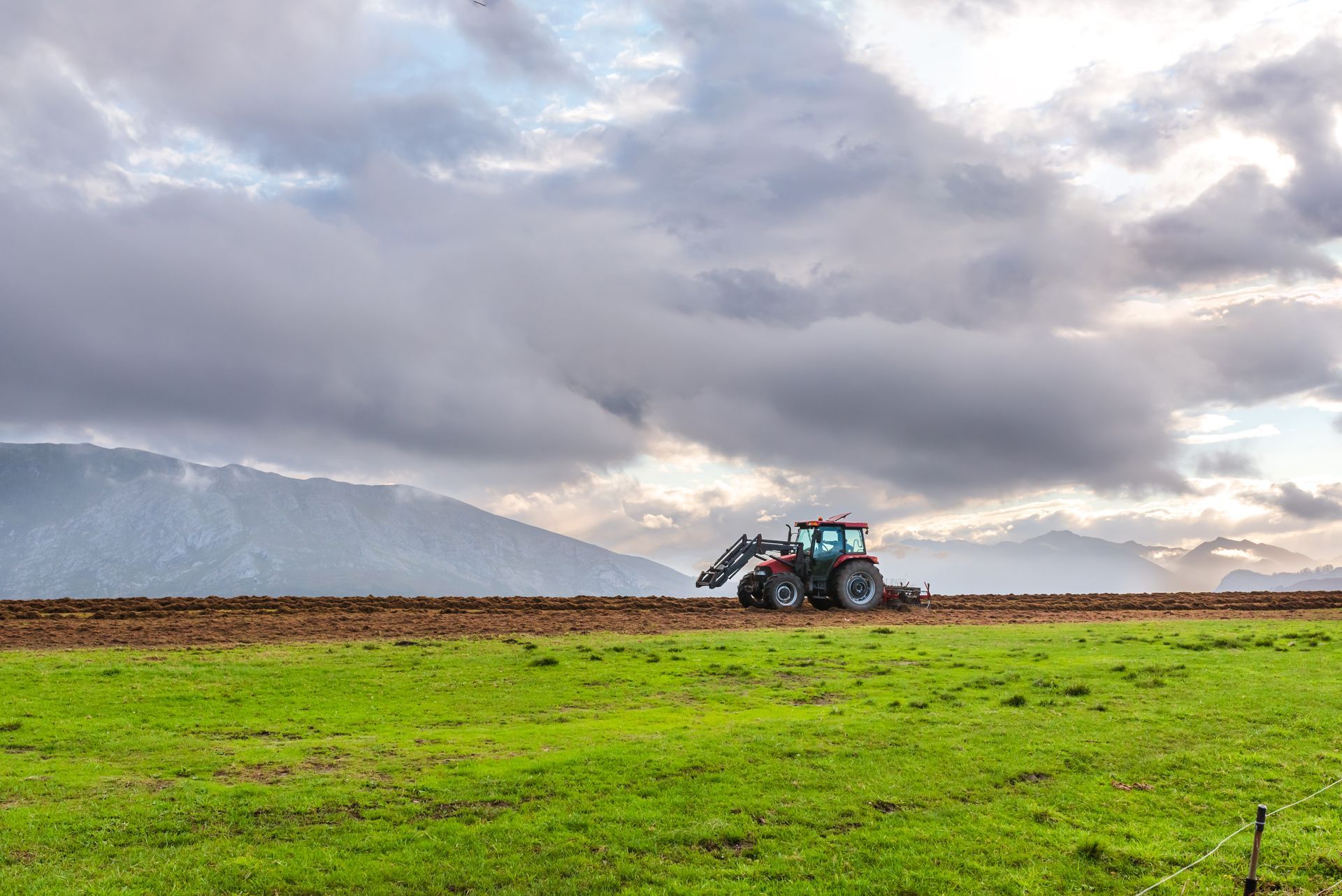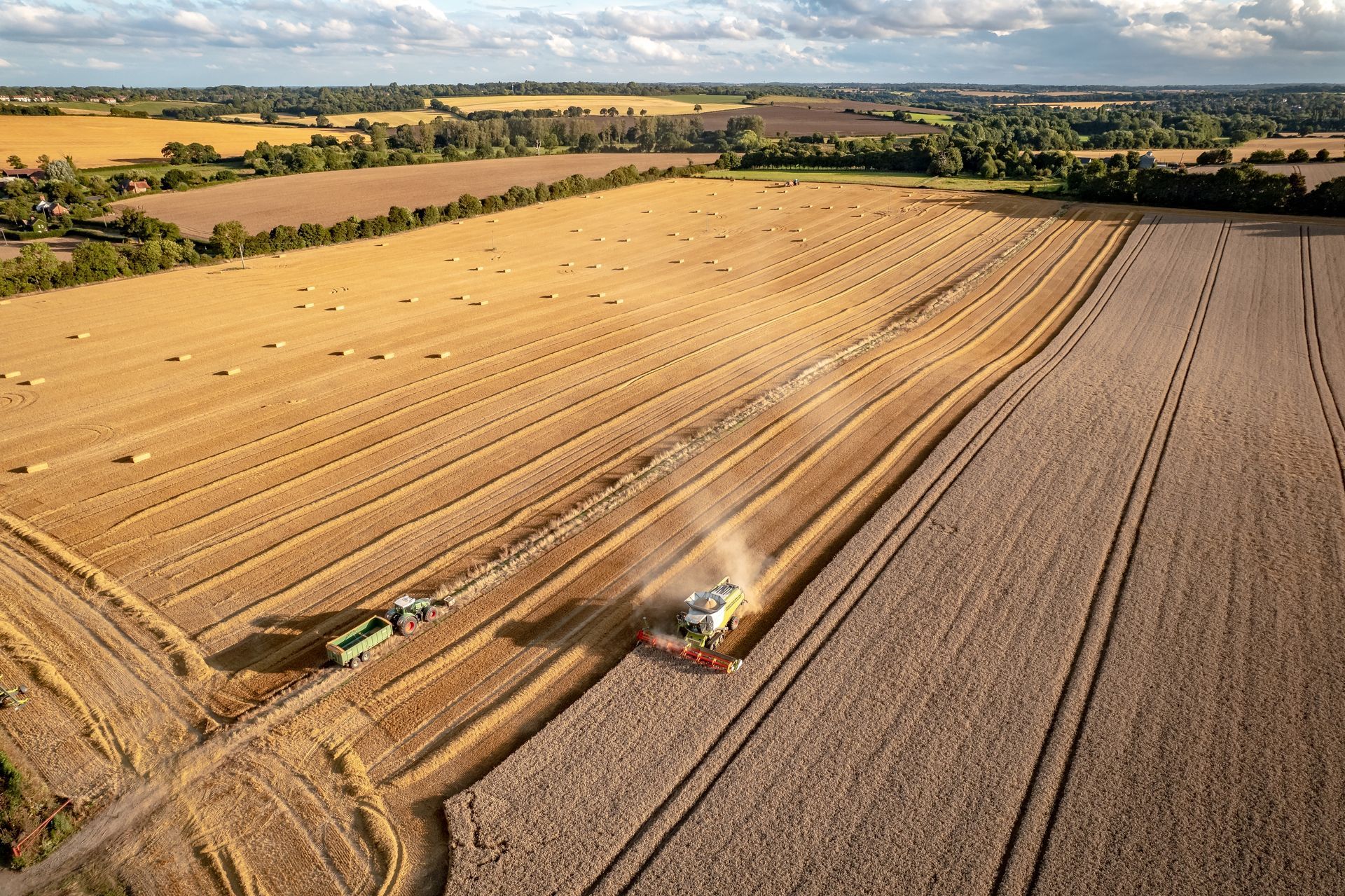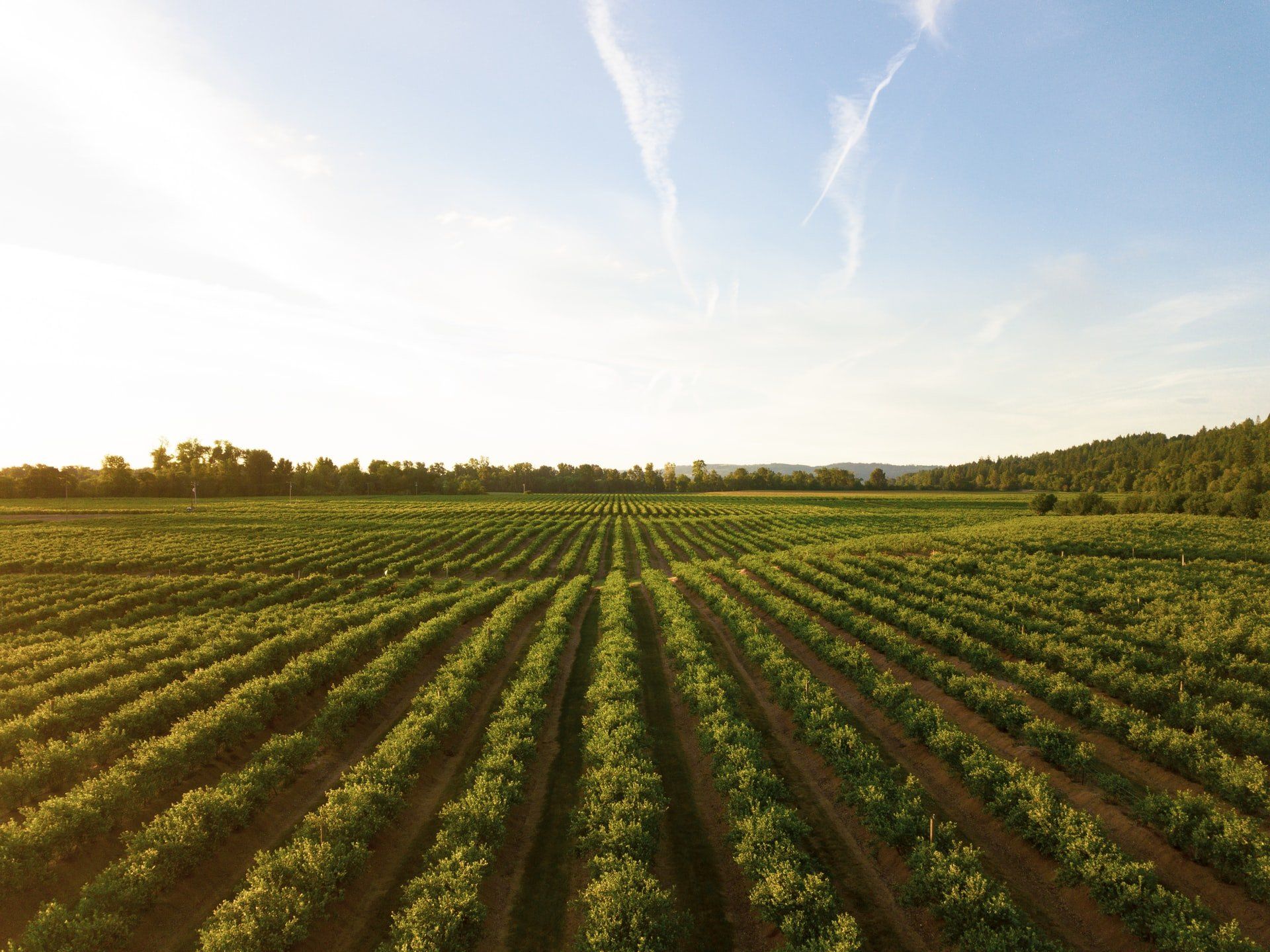The Evolution of Drainage
The problem of too much (or too little) water in soil is not a new problem to agriculture. As we know, these challenges can significantly affect production. This can be potentially devastating to a farmer whose very livelihood depends on their land’s ability to produce. In the early days of settling here in the US, marshy areas not only hindered farming, but also posed a health threat because of the various fevers that resulted. In order to continue expansion into various areas, the drainage problem needed to be dealt with.
Historically, drainage has been around since ancient times. Ancient Roman, Egyptian & Babylonian farmers drained wet soils to improve crop production. In fact, buried clay pipe has been found that possibly dates back to 5,000 BC. In the early 1800s, the idea of draining with tiles was introduced to the United States. This involved using cylindrical tile (pipe) sections made from clay which were placed end to end in 3-4 feet trenches. They used this method in 1858 to drain the land in Central Park in New York. In the early days, all of that digging was done by hand. Later, in the early 1900s, engine powered trenchers began to be used. However, even though the machinery significantly lowered the cost of trenching, it was not always economically feasible for the farmers to be able to purchase or hire the equipment. In the 1970s and 1980s, the tile plow brought even more innovation to the drainage arena, allowing the trench to be dug at the same time that the tile was being lain.
The Micro Drainage concept builds on the usage of tile drainage. Instead of installing large diameter tile in 3 or 4-foot-deep trenches spaced at wide distances apart, micro drainage installs narrower pipe at shallower depths with closer lateral spacing.
